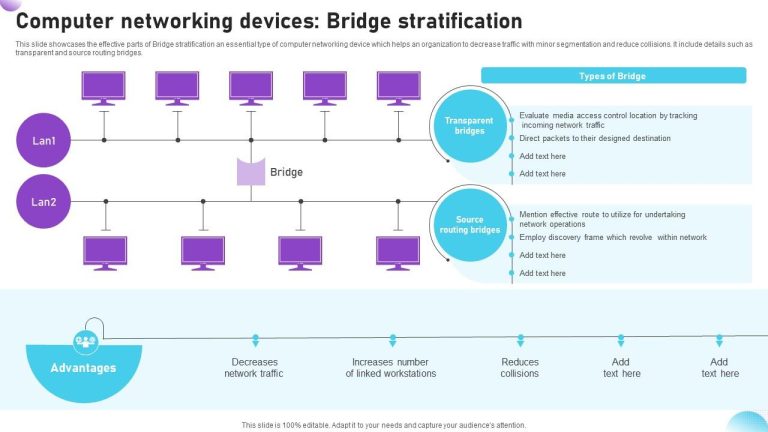Understanding LTE Layer Architecture: A Comprehensive Guide
telcomatraining.com – Long-Term Evolution (LTE) is a widely adopted wireless communication standard that ensures high-speed data transmission and low latency. To comprehend LTE’s efficiency, understanding its layer architecture is crucial. LTE follows a layered approach to optimize network performance, security, and data integrity. This article explores LTE layer architecture, its key components, and their functionalities.
Overview of LTE Layer Architecture
The LTE architecture consists of multiple protocol layers designed to ensure efficient communication between User Equipment (UE) and the Evolved Packet Core (EPC). These layers are broadly categorized into:
- Physical Layer (PHY)
- Medium Access Control (MAC) Layer
- Radio Link Control (RLC) Layer
- Packet Data Convergence Protocol (PDCP) Layer
- Radio Resource Control (RRC) Layer
- Non-Access Stratum (NAS) Layer
Each layer plays a vital role in ensuring seamless data transmission within an LTE network.
1. Physical Layer (PHY)
The Physical Layer (PHY) is the lowest layer in the LTE protocol stack. It is responsible for:
- Modulation and Demodulation: Converts data bits into radio signals using OFDMA (for downlink) and SC-FDMA (for uplink).
- Channel Coding and Decoding: Enhances error detection and correction.
- Resource Allocation: Manages frequency and time resources efficiently.
- Synchronization: Ensures proper communication between UE and the base station (eNodeB).
2. Medium Access Control (MAC) Layer
The MAC layer acts as an intermediary between the PHY and upper layers. It is responsible for:
- Packet Scheduling: Determines which UE gets access to the available resources.
- Hybrid Automatic Repeat Request (HARQ): Provides error correction through retransmission.
- Priority Handling: Ensures Quality of Service (QoS) by prioritizing different types of traffic.
- Data Multiplexing: Combines multiple logical channels into a single transport channel.
3. Radio Link Control (RLC) Layer
The RLC layer ensures reliable data transfer between the UE and eNodeB. Its primary functions include:
- Segmentation and Reassembly: Splits large data packets into smaller ones and reassembles them at the receiving end.
- Error Correction: Uses Automatic Repeat Request (ARQ) to recover lost packets.
- Modes of Operation: Supports Acknowledged, Unacknowledged, and Transparent modes based on network requirements.
4. Packet Data Convergence Protocol (PDCP) Layer
The PDCP layer enhances data security and efficiency through the following functionalities:
- Data Compression: Reduces header size using Robust Header Compression (ROHC) to optimize bandwidth.
- Security Functions: Implements encryption and integrity protection.
- Sequence Numbering: Ensures data packets are received in the correct order.
- Handover Support: Assists in seamless transitions between base stations.
5. Radio Resource Control (RRC) Layer
The RRC layer manages control signaling between UE and eNodeB. It plays a key role in:
- Connection Establishment and Release: Manages UE’s connection to the LTE network.
- Mobility Control: Supports handover and cell reselection for continuous connectivity.
- Paging and Broadcast Messages: Delivers system information and paging messages to UE.
- Security Configuration: Negotiates encryption and integrity protection parameters.
6. Non-Access Stratum (NAS) Layer
The NAS layer is responsible for communication between UE and the Core Network (CN). It handles:
- Authentication and Security: Ensures secure access using authentication algorithms.
- Session and Mobility Management: Manages IP address allocation and handovers across different LTE networks.
- Paging and Service Requests: Initiates service requests when the UE transitions from idle to active state.
Conclusion
The LTE layer architecture is a well-structured framework ensuring efficient, secure, and high-performance data communication. Each layer has distinct responsibilities, collectively contributing to LTE’s reliability and speed. Understanding these layers is essential for network engineers, telecom professionals, and anyone interested in mobile communication technologies. With its scalable architecture, LTE continues to evolve, paving the way for future advancements like 5G and beyond.







